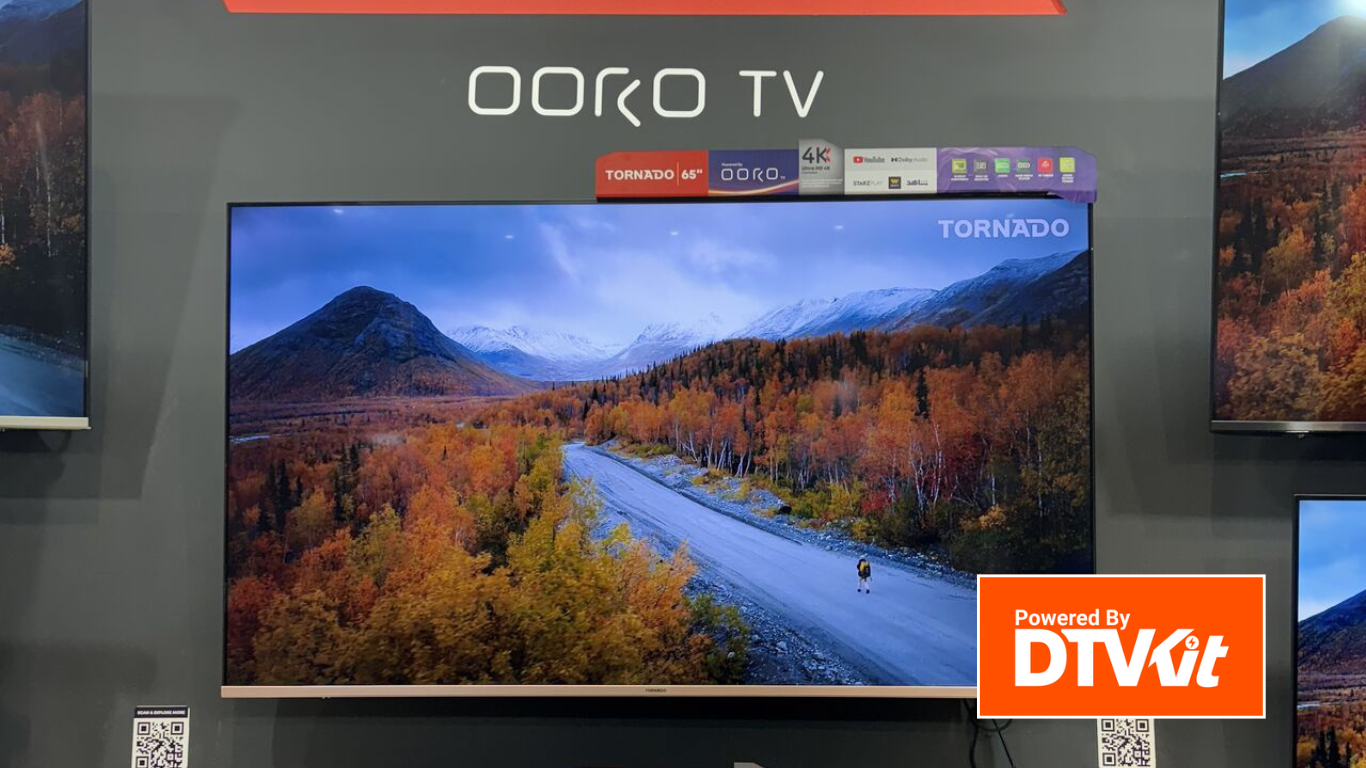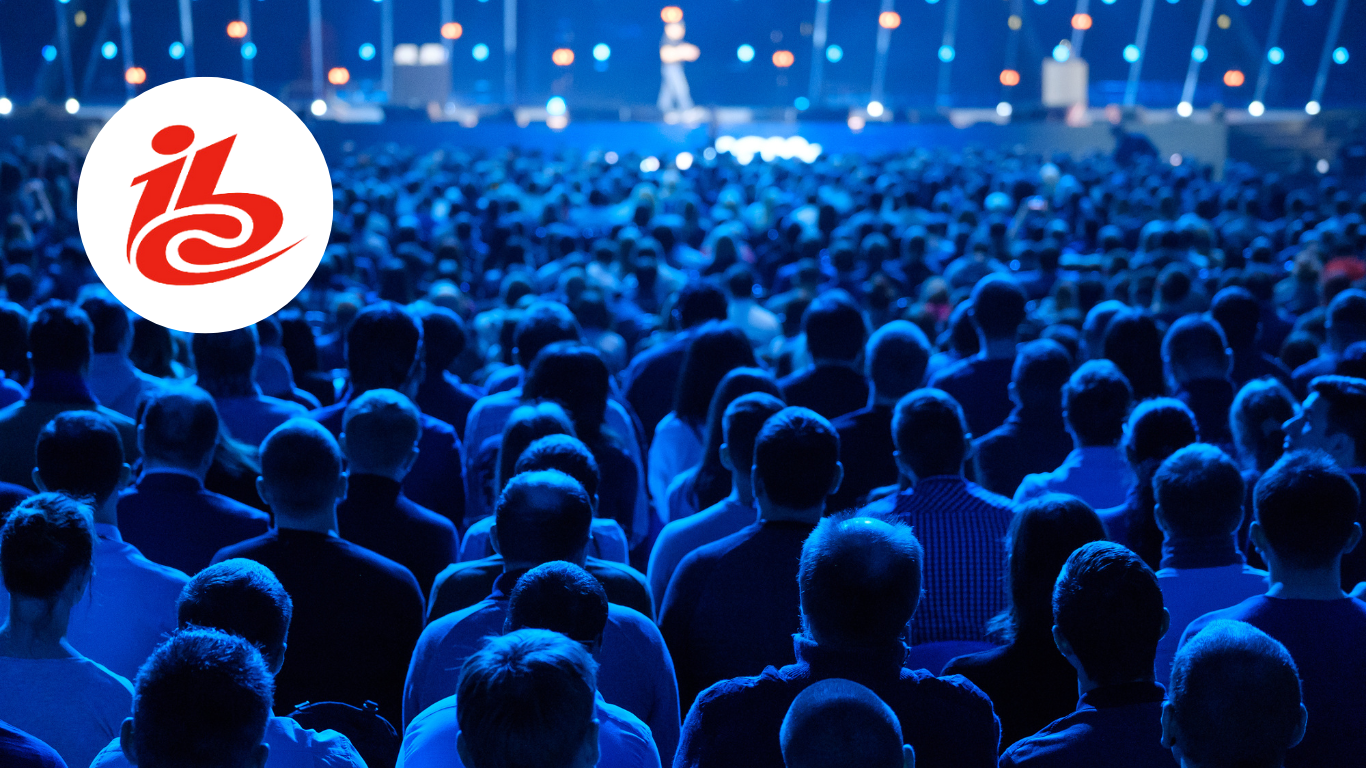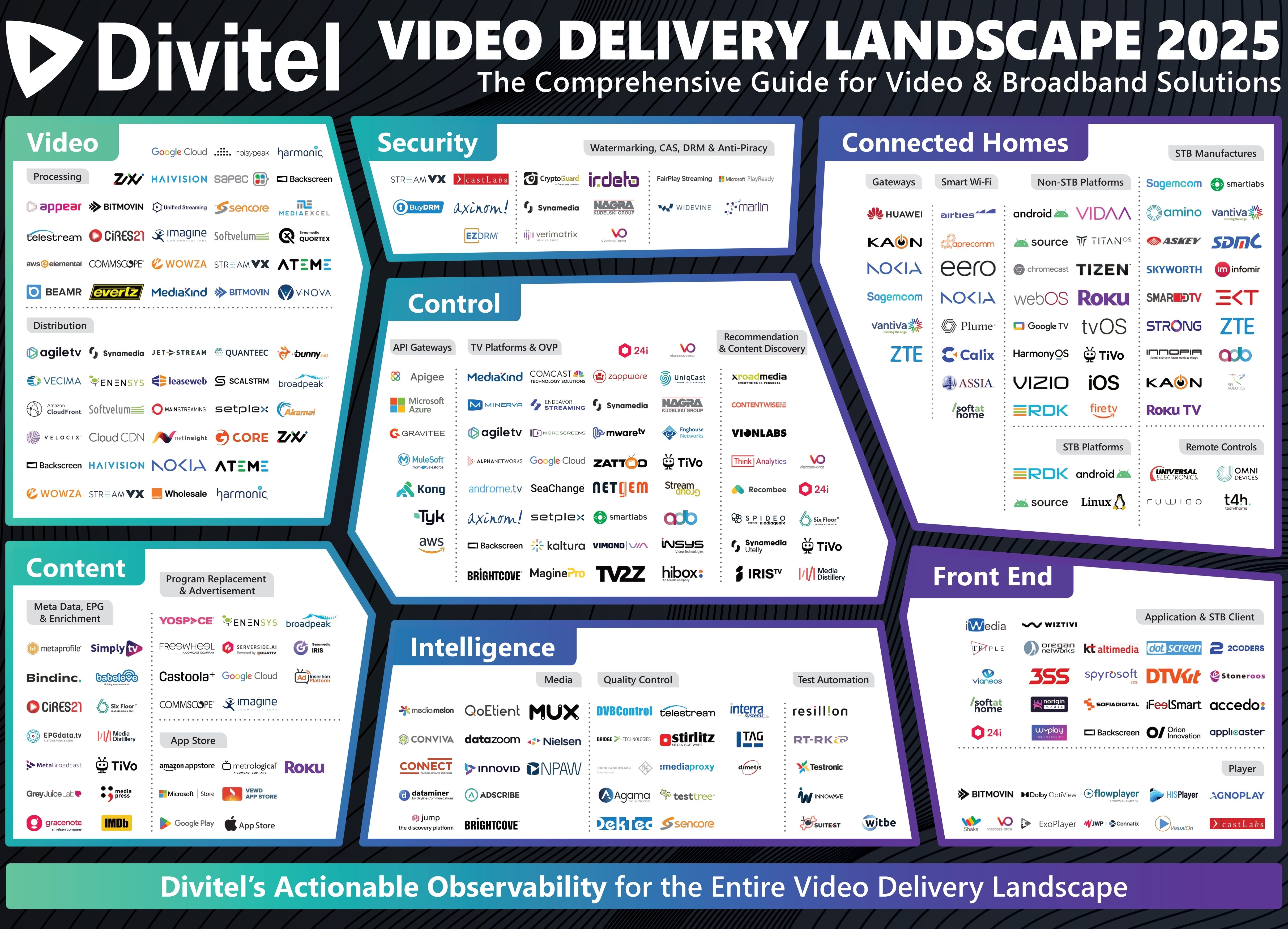The television industry is evolving with a significant shift in the TV streaming market. This signifies an added dimension to traditional cable and broadcast television with the addition of an all-encompassing IP-driven streaming future. This article explores the context, the potential positives, the looming negatives, and essential considerations.
Embracing the Digital Revolution
For decades, television was synonymous with cable subscriptions, over-the-air broadcasts, and fixed schedules. Viewers had limited choices, and the content was delivered through analog or cable-based technologies. However, the rise of the internet and high-speed broadband connections revolutionized the way we consume television. Streaming services like Netflix, Hulu, and Amazon Prime Video paved the way for on-demand content accessible on various devices.
Embracing Freedom and Flexibility
– Freedom of Choice: This offers viewers unparalleled freedom. No longer tethered to rigid cable schedules, viewers can choose what to watch, when, and where. This freedom extends to a wide range of devices, from smart TVs to smartphones and offers a lot of opportunities in the market for innovation.
-On-Demand Content: This empowers viewers with on-demand access to an extensive library of content. Say goodbye to waiting for a favourite shows or movies to air.
-Customized Viewing Experience: Streaming platforms use sophisticated algorithms to recommend content tailored to consumer preferences, enhancing the viewing experience.
Challenges on the Horizon
-Infrastructure Investment: IP-driven streaming requires substantial infrastructure investments. Upgrading broadband networks to handle higher bandwidth demands is essential. The cost of this poses challenges, and decisions on funding models remain contentious.
-The Fate of Traditional Cable Providers: Subscribers who migrate to streaming services could cause declining revenues for cable companies, prompting questions about their future relevance.
-Pricing Models in Flux: While viewers gain flexibility, the evolving landscape may result in changes to pricing models. As traditional cable subscriptions wane, providers may explore alternative pricing structures.
Navigating the Challenges
-Infrastructure Financing: Determining how infrastructure investments are funded is a pivotal consideration. Should ISPs, cable companies, content providers, or end-users bear the costs? Finding a sustainable and equitable model is imperative.
-Data Security and Privacy: As IP-driven streaming relies on data for personalization, data security and privacy are paramount. Stricter regulations and standards are emerging to safeguard user information.
-Viewer Adaptation: Viewers must adapt to the digital landscape. Familiarizing oneself with streaming platforms, content libraries, and new pricing models will be essential.
Looking Towards the Future
There are opportunities and challenges, which is to be expected. It heralds a future where television becomes more personalized and accessible. While infrastructure and funding challenges are expected, the positives, such as freedom of choice and on-demand content, offer viewers an exciting prospect. As we embrace this digital revolution, navigating the transition with careful consideration and adaptability will be key. The television industry is evolving, and this is just the beginning of a new and dynamic era in entertainment.
Source: Omdia







